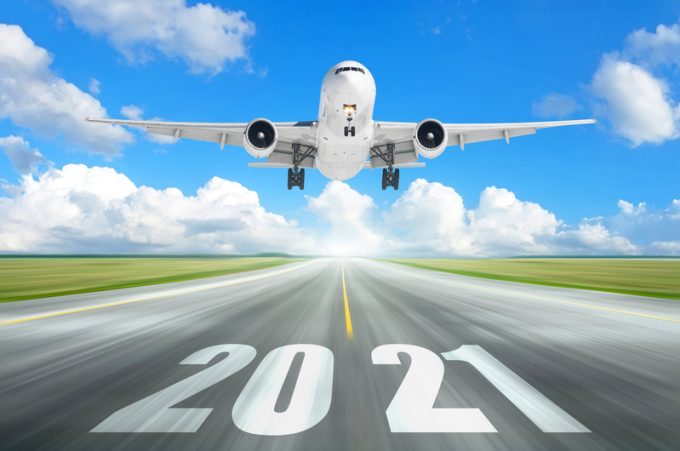Airfreight shippers told to delay contracts as US CBP clarifies China rules
Shippers should hold off negotiating airfreight contracts until there is more global clarity – although ...

Accurate forecasting by shippers will be crucial to manage their shipping requirements – and costs – efficiently, as air freight rates look set to remain high this year.
The Baltic Air Freight Index saw a 100% year-on-year increase this week, while the past few weeks have seen the highest readings since the Q2 capacity shortage.
However, forwarders in Asia have noted a softening market ex-China, in part due to lockdowns, although e-commerce remains strong.
One South-east Asian forwarder told The Loadstar: “Air freight wise, ...
Macron calls for ‘suspension’ – CMA CGM's $20bn US investment in doubt
Trump tariffs see hundreds of cancelled container bookings a day from Asia
De minimis exemption on shipments from China to the US will end in May
Forwarders stay cool as US 'liberation day' tariffs threaten 'global trade war'
Mixed response in US to 'Liberation Day', while China leads wave of retaliation
Tariffs and de minimis set air freight rates on a volatile course
Overcapacity looms for ocean trades – with more blanked sailings inevitable
'To ship or not to ship', the question for US importers amid tariff uncertainty

Comment on this article